Children’s room
Portraits of children found their way into Serbian art with the rise of the bourgeoisie in the 19th century. However, the earliest depictions are devoid of the typical characteristics of childhood. They show no free movement, no curious gazes, no play or toys. The children are painted after the portraits of adults, in the roles they are expected to play in society when they grow up. Serious boys dressed in suits, holding a book which serves to emphasize the importance of education for a bright future. Little girls in corset dresses or urban attire, holding flowers – symbols of tenderness and charm. The change in social circumstances and the emergence of modernity in 20th-century art resulted in depictions of children in nature and at home, cavorting, learning or playing.
The children’s room, in addition to its interactive and educational role for the youngest, offers the opportunity for everyone else to look at this phenomenon in a different way.
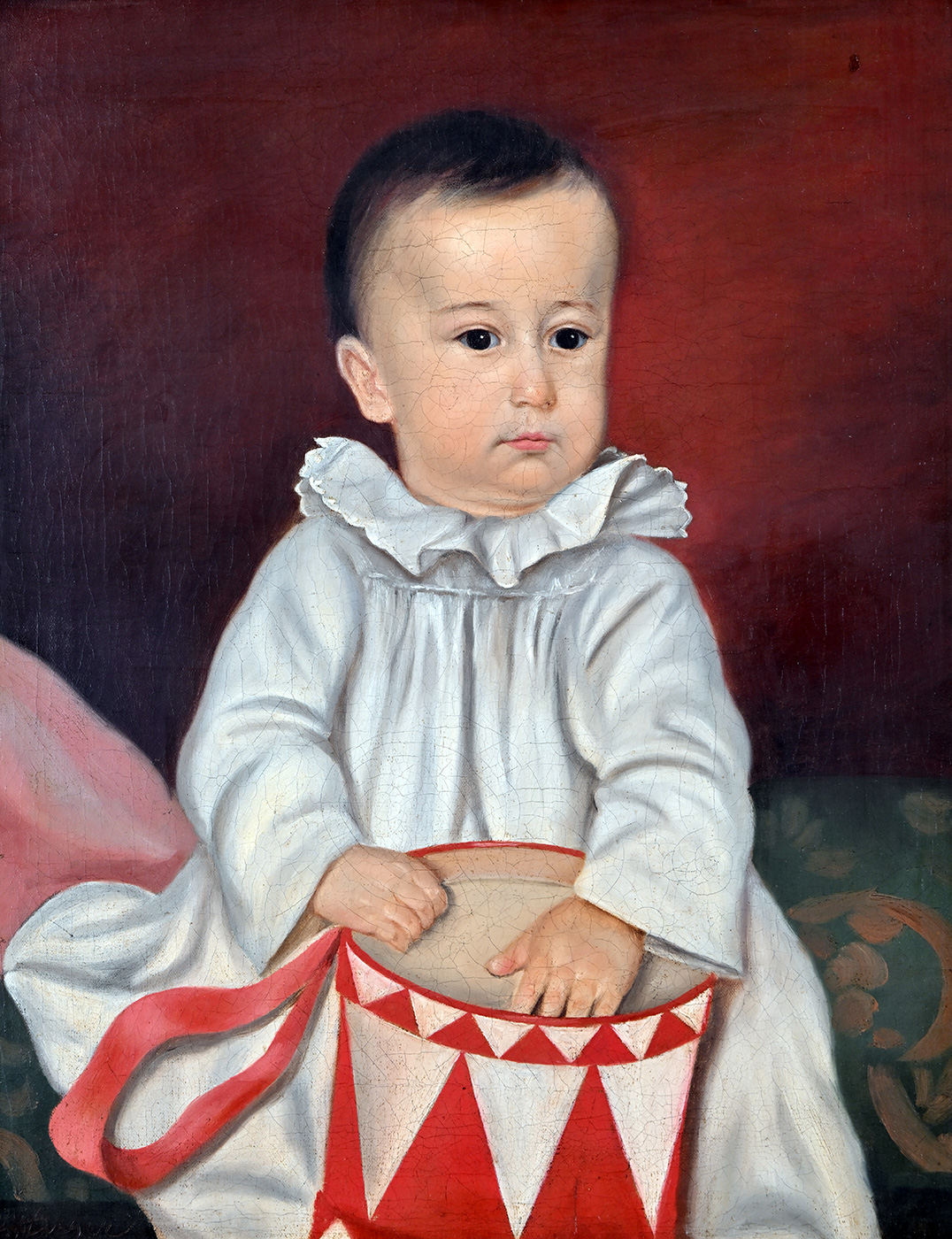
Franz Xaver Giffinger
Child with a Drum, ca. 1853
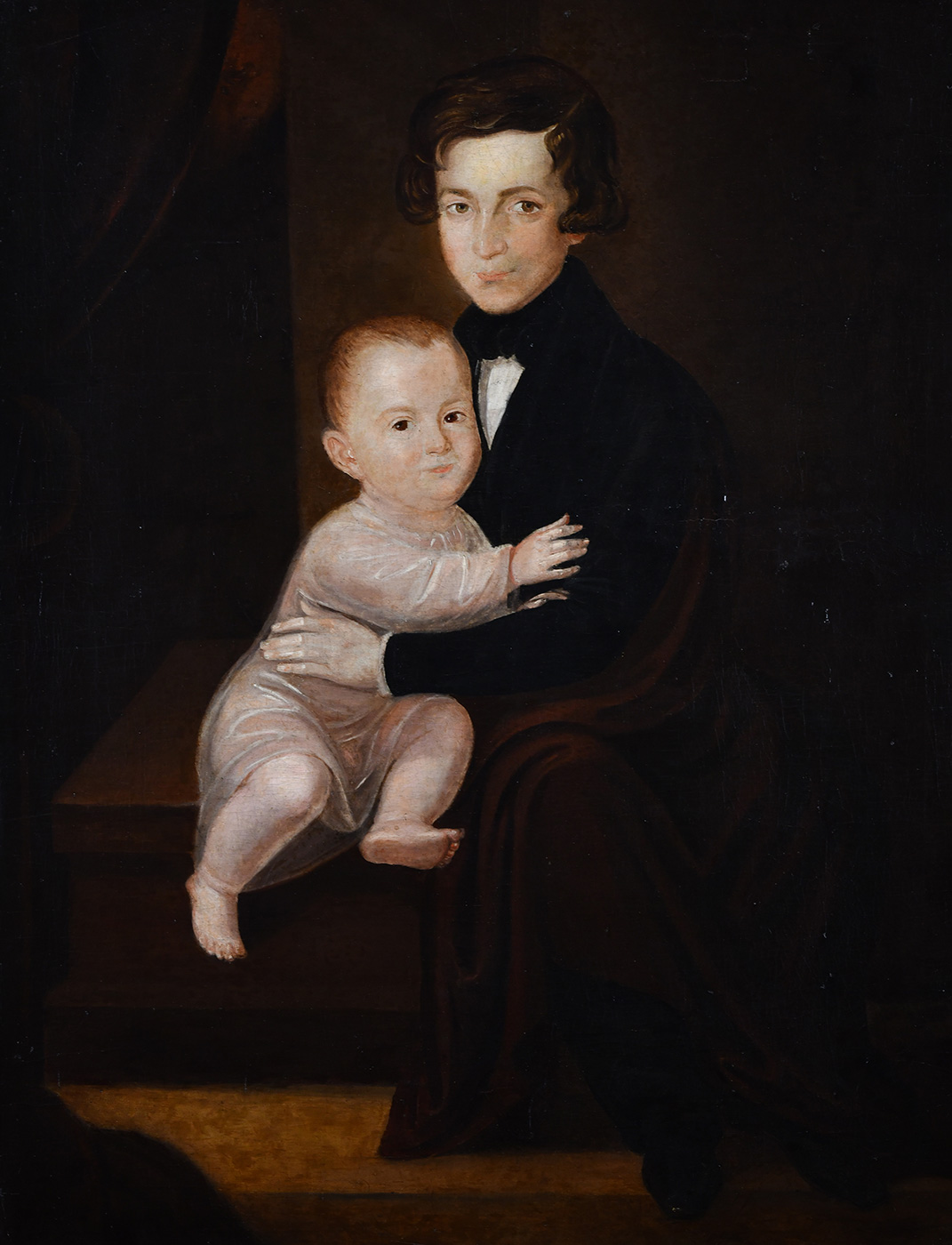
Nikola Aleksić
The Artist’s Children, 1850‒1855
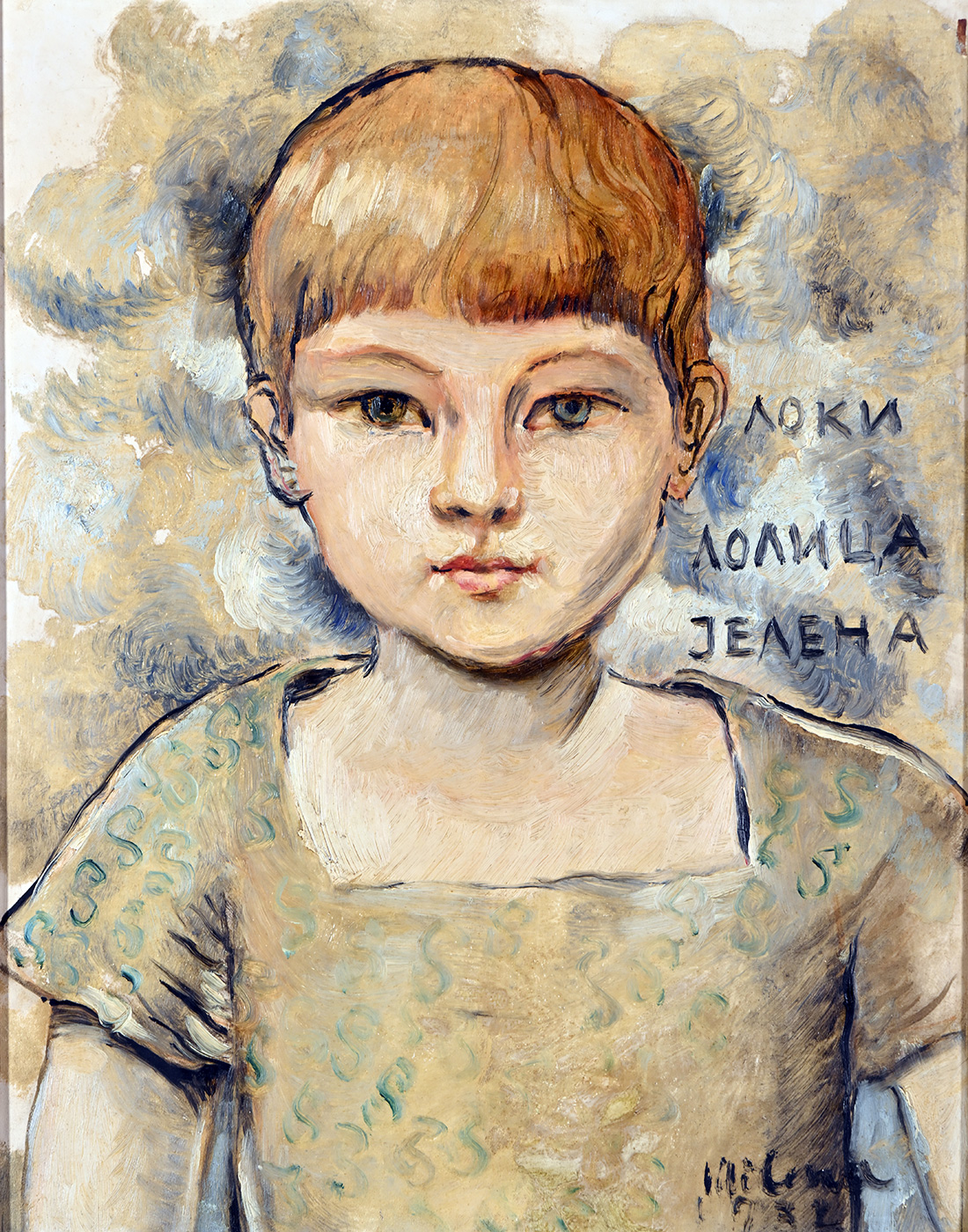
Milena Pavlović Barili
Little Girl Called Jelena Lola Kolesnjikov, 1932
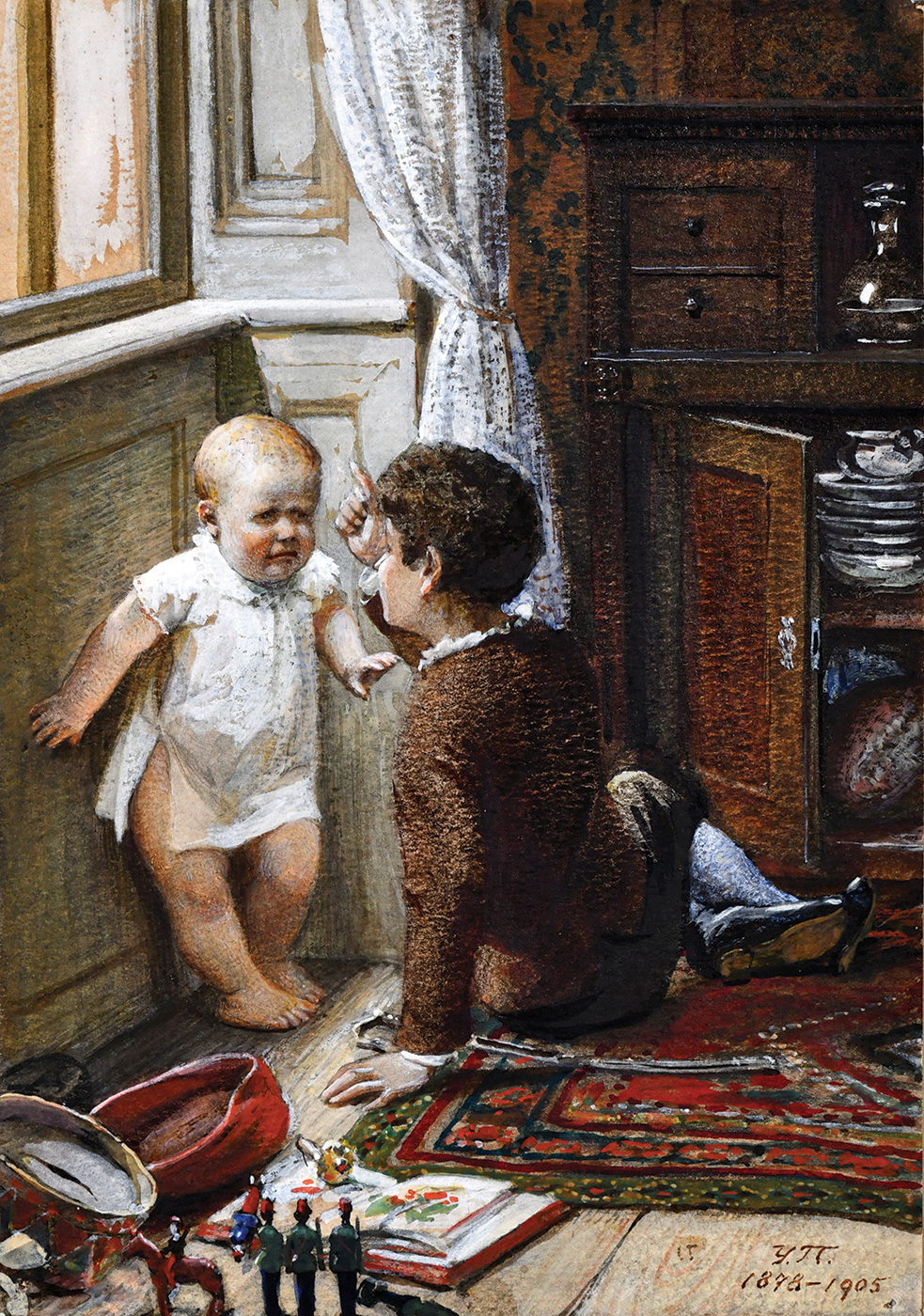
Uroš Predić
The Elder Brother Teaches the Younger to Stand in the Corner, 1878
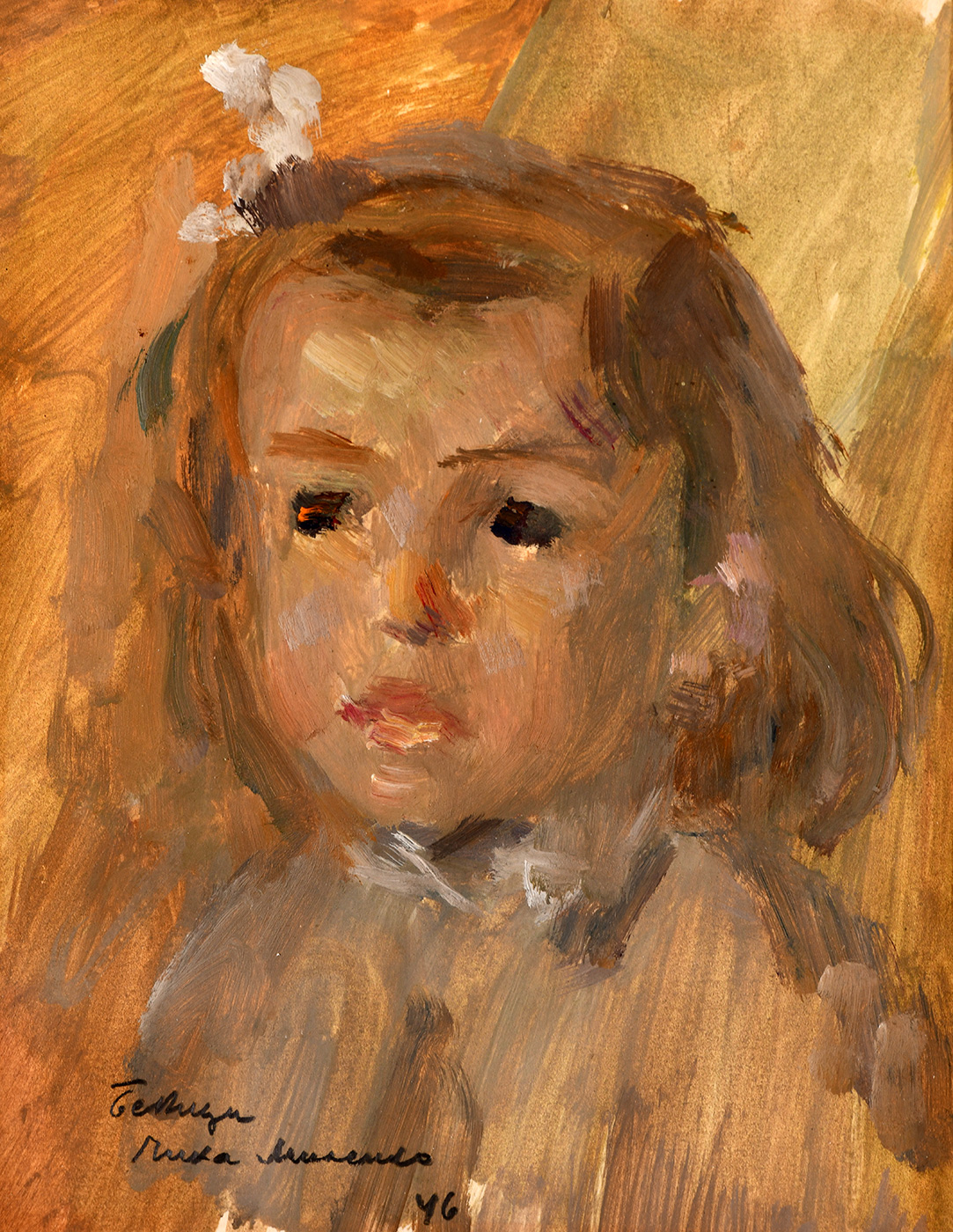
Milenko Šerban
Bekica, 1946
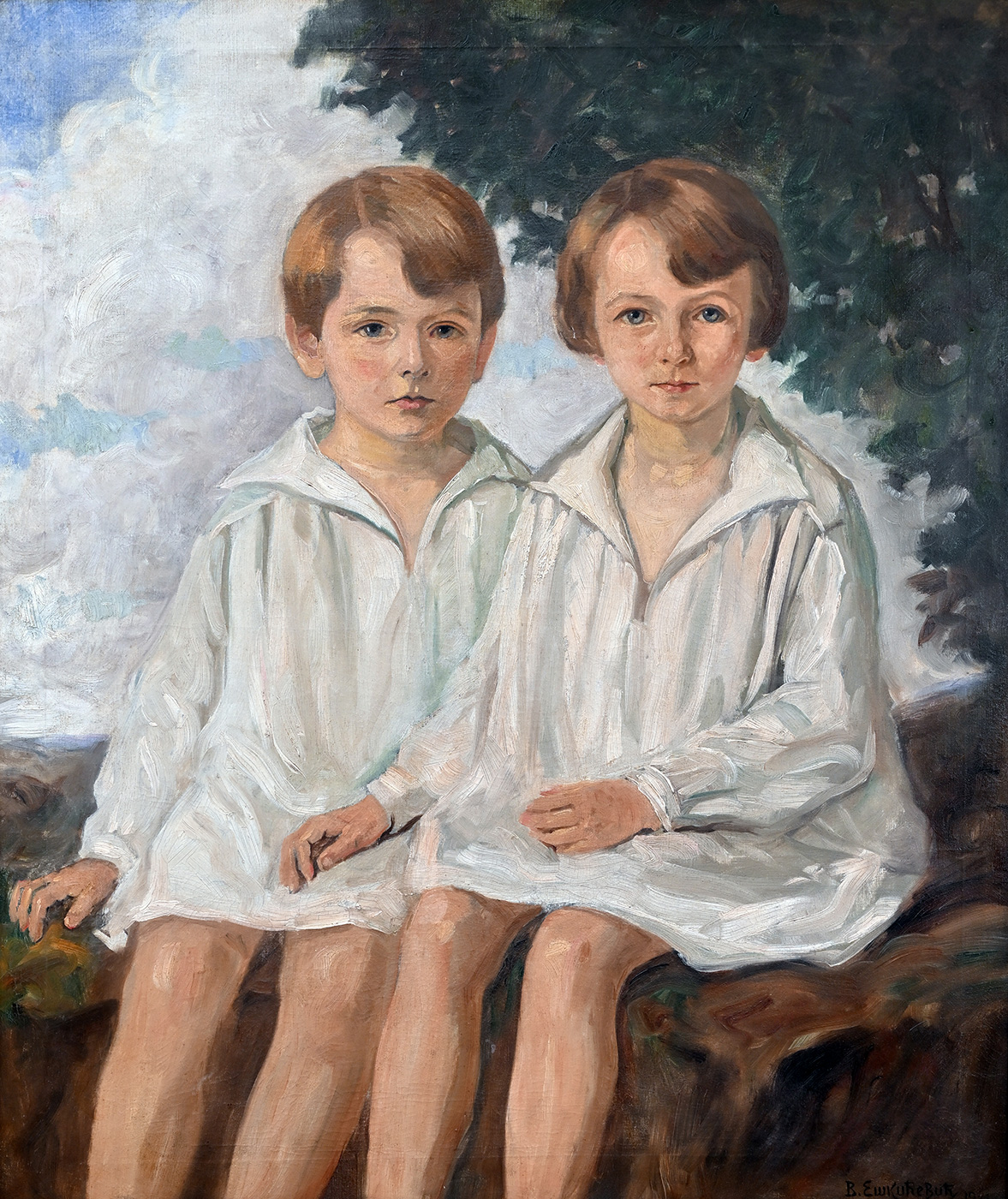
Vasa Eškićević
Portrait of a Boy and a Girl, 1921